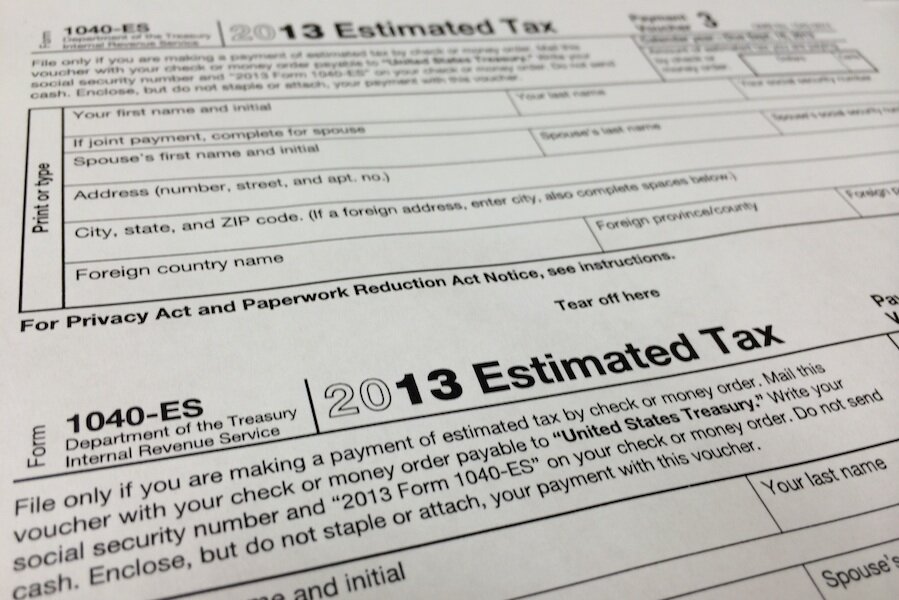What that tax refund really costs you
Loading...
A friend was telling me the other day how excited he was to file his taxes so he could get his refund. I asked him if he enjoyed loaning the government money for free. I also asked him how much it costs him to make that interest-free loan to the U.S. Department of Treasury.
Our conversation had nothing to do with taxes, but everything to do with math. We didn’t discuss any specific investment; we just used simple math.
My friend received a tax refund of around $1,200 on his 2013 tax return, so we assumed he would get about the same amount for 2014. My friend is 45 and is a family man. Like many of us, he has a goal to retire at age 65.
I also asked my friend what he intended to do with his refund. He told me he uses most of the money for vacations and tries to save a little of it.
Now that you have a picture of my friend, maybe you can relate.
I pointed out to him that he was sending $100 per month to the government over and above what he is required to. In addition, he’s waiting almost 15 months to get his $1,200 back, because he doesn’t get his refund until March.
But look at the opportunity cost. If my friend had saved that $1,200 and invested it at 6% APR, compounding monthly, in 20 years he would have earned $2,772—in addition to the original $1,200.
With every dollar you acquire, you can choose to spend or invest. What a dollar could have earned had it not been spent is called opportunity cost. An opportunity cost takes on an important role if dollars spent could have been recaptured or the expenditure avoided entirely. Every purchase has a cost associated with it, but if you have no alternative choice, then no real opportunity exists.
The opportunity cost on a tax refund can become fairly significant. Let’s assume my friend stopped loaning the government his money and put his hard-earned money to work for his retirement.
My friend has 20 years to retirement at age 65. This equals 240 monthly deposits of $100 each. Let’s use the same hypothetical 6% interest. Remember, this is just math and it does not represent any investment gains or losses.
Saving $100 per month for 240 months at 6% interest will result in a sum of $46,435.11. My friend may have some taxes to pay based on what type of account he invests the money in. Regardless, he is much better off financially compared to pocketing a tax refund as part of his financial plan.
Consider this one opportunity cost my friend was losing. But what if there were other areas in his finances where he was losing money unknowingly and unnecessarily? When would he want to know about these losses, and when would he want to stop them?
What about you? Can you identify with my friend? Do have areas in your finances where you are unnecessarily and unknowingly losing money? When would you like to stop them?
Learn more about Mark on NerdWallet’s Ask an Advisor.







